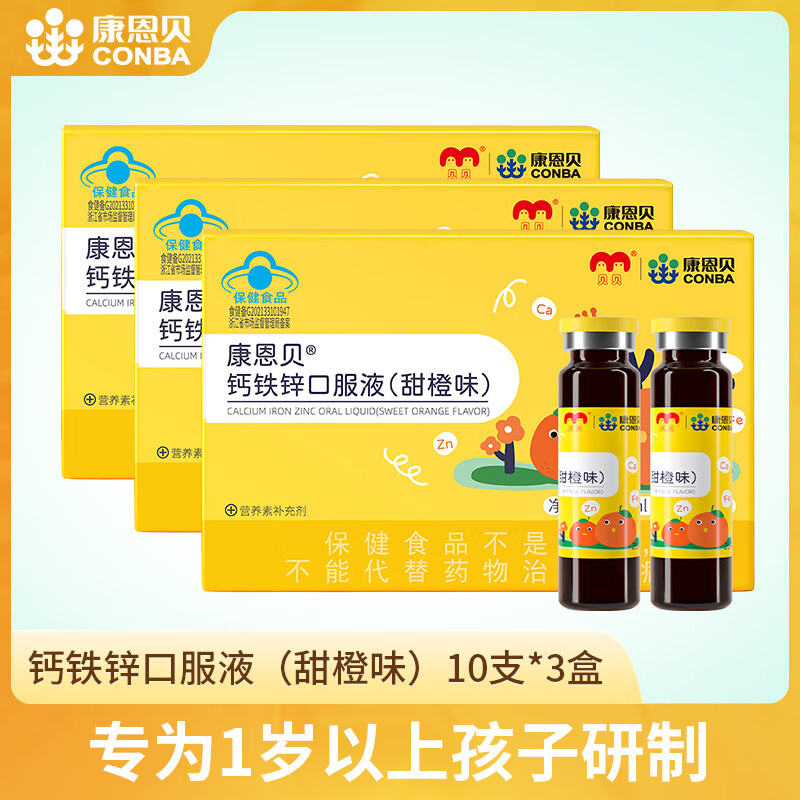Mastering the Technicalities of Authentic Micro-Influencer Content Tracking and Verification
Implementing a successful micro-influencer campaign extends beyond initial influencer selection and outreach; it requires meticulous technical strategies to ensure content authenticity, genuine engagement, and alignment with brand values. In this comprehensive guide, we delve into the specific, actionable processes and tools necessary to track, verify, and safeguard the integrity of influencer-generated content, thereby maximizing campaign ROI and building long-term trust with your audience. This deep dive is rooted in the broader context of “How to Implement Micro-Influencer Campaigns for Authentic Engagement”, emphasizing the technical mastery needed for authentic content validation.
4. Technical Implementation: Tracking and Ensuring Content Authenticity
a) Setting Clear Guidelines and Contracts to Protect Authentic Voice
Begin with crafting detailed content guidelines and contractual clauses that explicitly define what constitutes authentic content. Specify language standards, brand voice parameters, and transparency requirements. For example, include clauses requiring influencers to disclose sponsored content clearly, and specify acceptable messaging styles that reflect the influencer’s natural tone.
Actionable tip: Use a standardized content approval checklist as part of your contract, covering authenticity markers such as personal storytelling, genuine product use, and spontaneous engagement to prevent overly curated or fake appearances.
b) Using Unique Hashtags and Tracking Links to Monitor Genuine Engagement
Deploy custom, campaign-specific hashtags that influencers are required to include in all posts. These hashtags should be unique enough to prevent hijacking and easy to track. Pair these with UTM-coded links embedded within influencer content to precisely measure referral traffic and conversions originating from each influencer.
Implementation steps:
- Generate unique UTM parameters for each influencer (e.g., utm_source= influencer_name).
- Embed these links naturally within captions or bio links.
- Use URL shortening services (like Bitly) to create manageable, trackable links.
Regularly analyze the engagement data from these links and hashtags to identify anomalies or suspicious activity, such as disproportionate engagement from new followers or sudden spikes that could indicate fake interactions.
c) Verifying Content Before Publication (e.g., Manual Review, Automated Tools)
Establish a multi-layered content verification process. This includes:
- Manual Review: Assign a dedicated team member to review influencer submissions for authenticity markers such as spontaneous footage, unfiltered images, and consistent messaging.
- Automated Tools: Leverage AI-powered content analysis tools like DeepFake Detection or Image Authenticity Verification platforms (e.g., Truepic, Amber Video) to detect artificially manipulated content or stock footage reuse.
- Cross-Verification: Confirm user-generated content on public profiles matches the influencer’s submission, checking for edits, filters, or inconsistent metadata.
Pro tip: Incorporate a pre-publication checklist that includes authenticity validation and brand compliance, and document all verification steps for accountability and future audits.
Expert Insights and Troubleshooting
“Even with advanced tools, always combine automated verification with human oversight. AI can flag potential issues, but nuanced judgment ensures authenticity is preserved.”
“Common pitfalls include over-reliance on follower counts and engagement metrics, which can be artificially inflated. Focus on genuine interaction patterns and content quality as your primary authenticity indicators.”
Structured Process for Authentic Content Verification
| Step | Action | Tools/Methods |
|---|---|---|
| 1 | Define detailed content guidelines and contractual clauses | Legal templates, brand voice manuals, influencer contracts |
| 2 | Create unique hashtags and UTM links for each influencer | UTM Builder, URL shorteners, campaign planning spreadsheets |
| 3 | Implement manual review and automated content analysis pre-publication | Content moderation tools, AI verification platforms |
| 4 | Monitor engagement and authenticity metrics throughout campaign | Analytics dashboards, social listening tools |
Advanced Tips for Ensuring Content Authenticity
- Develop a flagging system: Encourage your team and community to report suspicious content, and set protocols for rapid review and response.
- Leverage blockchain verification: Explore emerging solutions like blockchain-based content certification to create immutable proof of original, genuine influencer content.
- Regular audits: Schedule periodic manual audits of influencer content to identify patterns of fakery or inconsistencies, especially in long-term collaborations.
Final Recommendations and Broader Context
Implementing technical measures for content verification is crucial to maintaining authenticity and trust in your micro-influencer campaigns. Combining clear contractual standards, sophisticated tracking tools, and manual oversight creates a resilient system that safeguards your brand’s integrity.
For a broader understanding of foundational strategies, review the detailed framework in “{tier1_theme}”. This ensures your technical tactics are aligned with overall campaign goals and brand positioning.
By mastering these technical implementations, you transform your influencer marketing from a superficial engagement tool into a precise, trustworthy channel that yields measurable results and fosters genuine consumer relationships.




发表回复